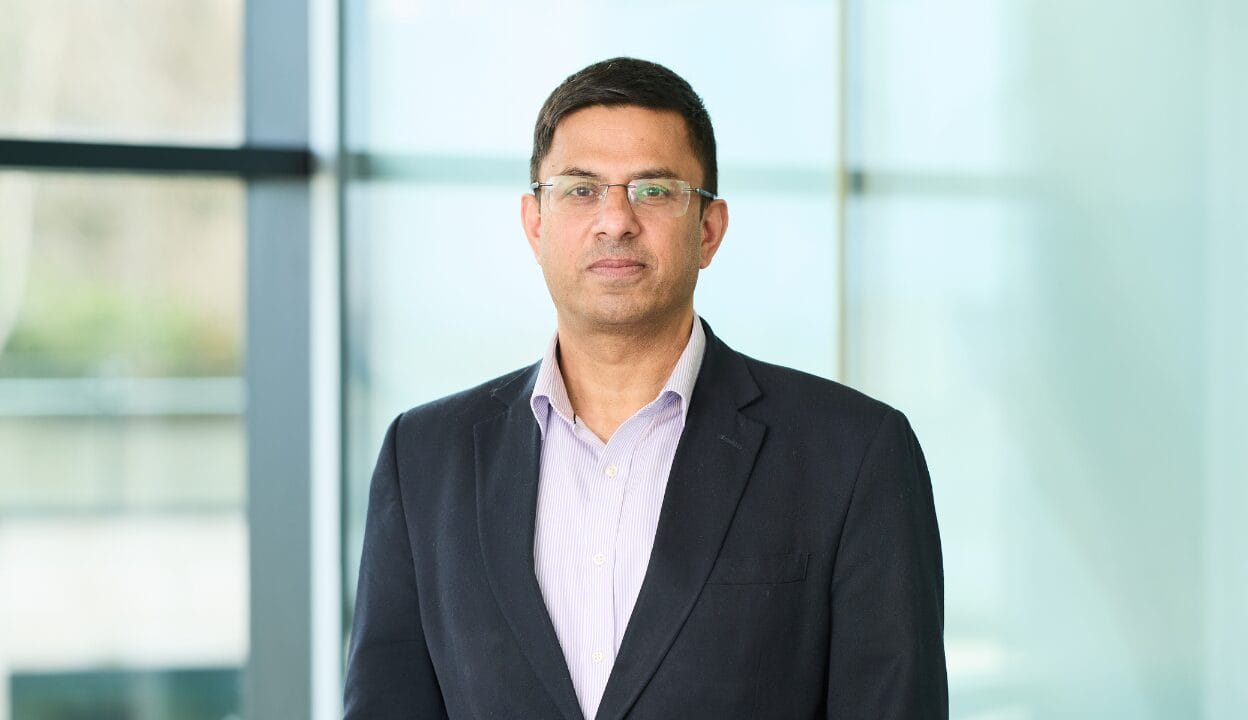The Public Employees Retirement Association of New Mexico, (PERA), is in the process of changing its asset allocation, in line with a new strategic allocation put in place in April, that cuts the number of portfolios from eight to four and reclassifies assets as illiquid and liquid, rather than traditional and alternative.
“We’re keeping it simple,” says Jon Grabel, chief investment officer at the $14 billion Santa Fe-based fund, which runs 31 defined benefit retirement plans for state employees.
The new allocation is divided between a 43.5 per cent allocation to global equity, down 10 per cent and comprising low volatility, as well as hedged equity and private equity, a 21.5 per cent allocation to risk reduction and mitigation comprising core and global fixed income and cash, a 15 per cent up allocation to illiquid and liquid credit strategies up 7 per cent, and a 20 per cent allocation to real assets, up from 13 per cent.
Part of the changes in the equity allocation include a new low volatility and other factor-based strategies that will account for 4.4 per cent of the total portfolio. Two thirds of the public equity portfolio is indexed.
“We are a mature pension fund and the benefits we pay exceed contributions, and we are mindful of volatility and holding adequate liquidity,” says Grabel, who joined PERA two years ago, after holding roles in investment banking and private equity in New York.
“We have increased the amount we index. Over the long-term active management for highly efficient assets doesn’t really make sense.”
Best performers over the past year include real estate and private equity, with the private equity allocation returning 14 per cent in 2015, adding to a run of strong performances over the past five years in a strategy that doesn’t include any co-investment.
But in a shift, and despite Grabel’s acknowledgement that private equity “plays an important role within PERA’s diversified investment program,” PERA is adjusting strategy to focus more on the non-US allocation, in emerging markets particularly.
He says the fund is also looking for more diversification in the real assets portfolio, adding more to timber, infrastructure and farmland.
Private equity not a ‘silver bullet’
“We are keeping the core US buyouts static. Many LPs believe private equity is a silver bullet, but I don’t believe this is the case. It is important to remember that many investment opportunities are cyclical. I am not stating that we are in a private equity bubble, but we may be in a period of excessive demand, excessive supply and excessive expectations.”
He also questions the fees.
“The average private equity fund in the fundraising market is over $3 billion” and “the average hold time for private equity investment is decreasing,” he says. These two factors result in general partners (GPs) raising more funds in quicker succession pushing up management fees which have become “a source of substantial wealth for GPs, regardless of fund performance.”
Where he favours private equity, is the access it gives to industry verticals that are underweight in the public markets like healthcare and consumer discretionary sectors in emerging markets. He also believes the fund has an advantage in the smaller deals.
“At $14 billion PERA is a sizeable investor, but we are sufficiently small in the context of the $3 trillion private equity industry and the $25 trillion US retirement industry. We can concentrate on subsectors that are immaterial for institutions that are three, 10 or 20 times our size.”
An example of the smaller fund advantage is in early stage venture capital, he says.
“The mega institutions find it harder to allocate because of the administrative burden. We can take advantage of niche or capacity constrained areas like venture capital or lower mid-market private equity – these strategies where it is difficult for larger asset owners to take advantage.”
PERA uses external managers throughout the portfolio, with no plans to bring any allocations in house.
“Very few organisations have the economies of scale for effective internal management of passive strategies. The costs related to internal management are not just to do with an increased headcount, but include the risks and tracking errors associated with mandates. Additionally, active strategies require proprietary information and few public pension funds have that type of unique data,” he argues.
Where Grabel is active is in the asset allocation, tightening the guidelines on managers and clawing back on the tracking error he affords.
“Many active managers have generated alpha by introducing different security types. In fixed income this could be high yield or emerging market debt. But these are really asset allocation decisions and not for managers to make.”
In 2015, the fund returned 1.8 per cent and generated investment gains of approximately $0.3 billion net of investment fees and expenses in a performance below the 7.75 per cent actuarially required annual return hurdle, and which compares to 10 per cent returns for both the three and five-year periods.



